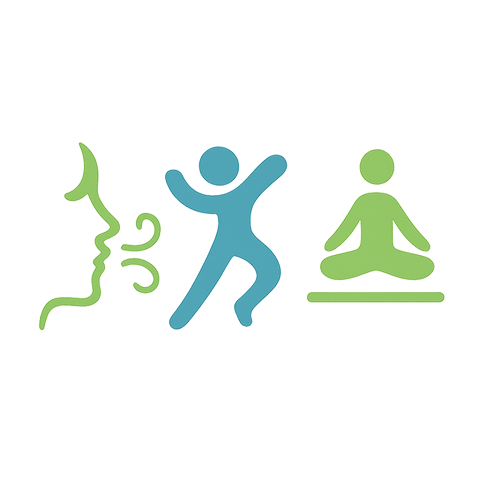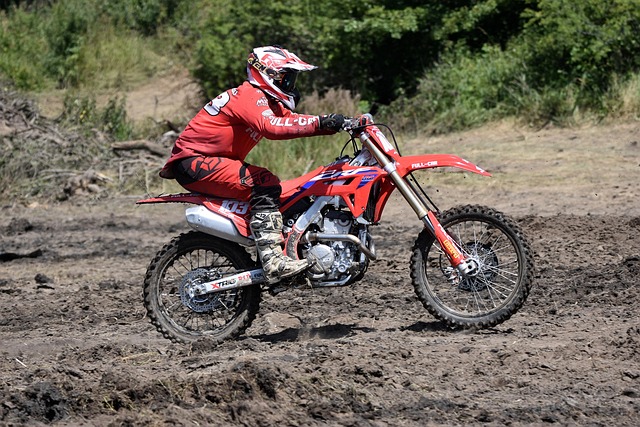In the ever-evolving landscape of fitness, the act of ‘pulling’ plays a crucial role in not only building strength but also enhancing overall health and activity levels. Whether you’re an experienced athlete or just starting your journey, understanding how to effectively incorporate pulling exercises into your training regimen can help you maximize your potential.
At its core, pulling is about harnessing your body’s strength to create resistance and gain power. Think about it—every time you pull, whether it’s a barbell during a deadlift or your own body weight during a pull-up, you are engaging multiple muscle groups. This multifaceted engagement not only builds muscle but also improves coordination, balance, and functional strength.
But let’s dive deeper into the vital connection between pulling and overall health. Engaging in pulling exercises like rows, pull-ups, and deadlifts promotes better posture, which is increasingly important in our sedentary lifestyles. A strong back supports your spine, reducing the risk of injury and enhancing your ability to perform daily activities with ease. In essence, pulling is not just about the gym; it’s about life outside of it.
Training with a focus on pulling movements also encourages the development of a robust grip, which is often overlooked. A formidable grip enhances your performance in numerous other exercises and activities, contributing to better results across the board. As your grip strength improves, you’ll find yourself easily lifting heavier weights, pulling harder in sports, and even carrying groceries or moving furniture without straining.
Incorporating variety into your pulling exercises can keep your training dynamic and challenging. Variations like inverted rows, resistance band rows, and single-arm dumbbell rows add elements of stability and zip to your workouts. This keeps your muscles guessing while maximizing their development. Additionally, adding elements of cardio like kettlebell swings can transform pulling into a full-body workout, pushing your heart rate up while promoting strength.
But the impact of pulling goes beyond just physical attributes. Consistent training fosters mental resilience. Each pull can serve as a metaphor for life’s challenges, emphasizing the importance of persistence and overcoming gravity—both literally and figuratively. This connection can cultivate a positive mindset, encouraging you to push through barriers not just in training, but in everyday life.
As you set your fitness goals, consider incorporating pulling movements not only to build strength but to enhance your overall well-being. Engage your muscles in ways that empower you to pull through challenges, whether they be physical or mental. Embed this principle into your training, and watch how it transforms your journey toward optimal health and increased activity levels. Make pulling an essential part of your fitness narrative; it’s a powerful way to embrace strength and redefine what you can achieve.




